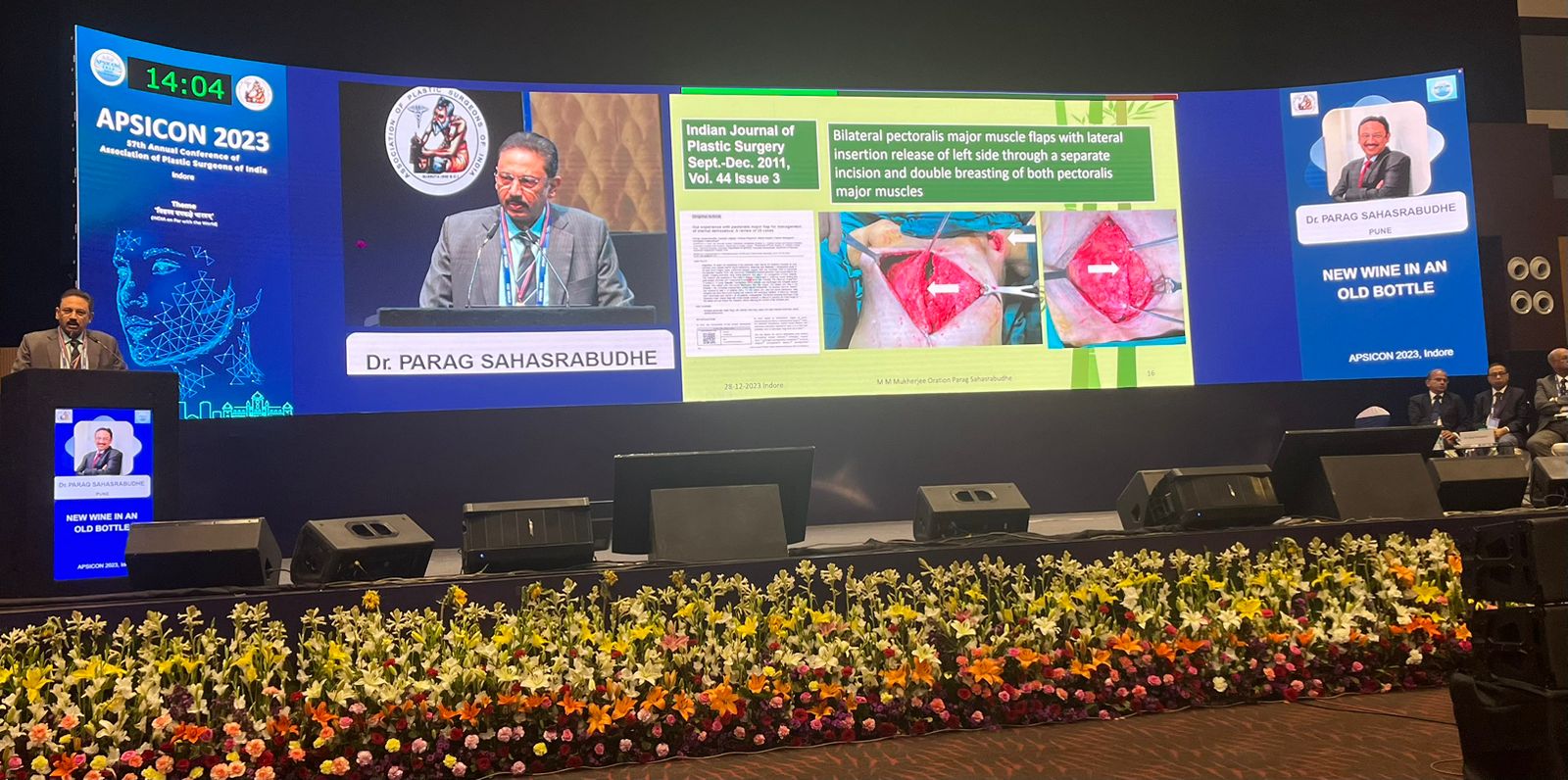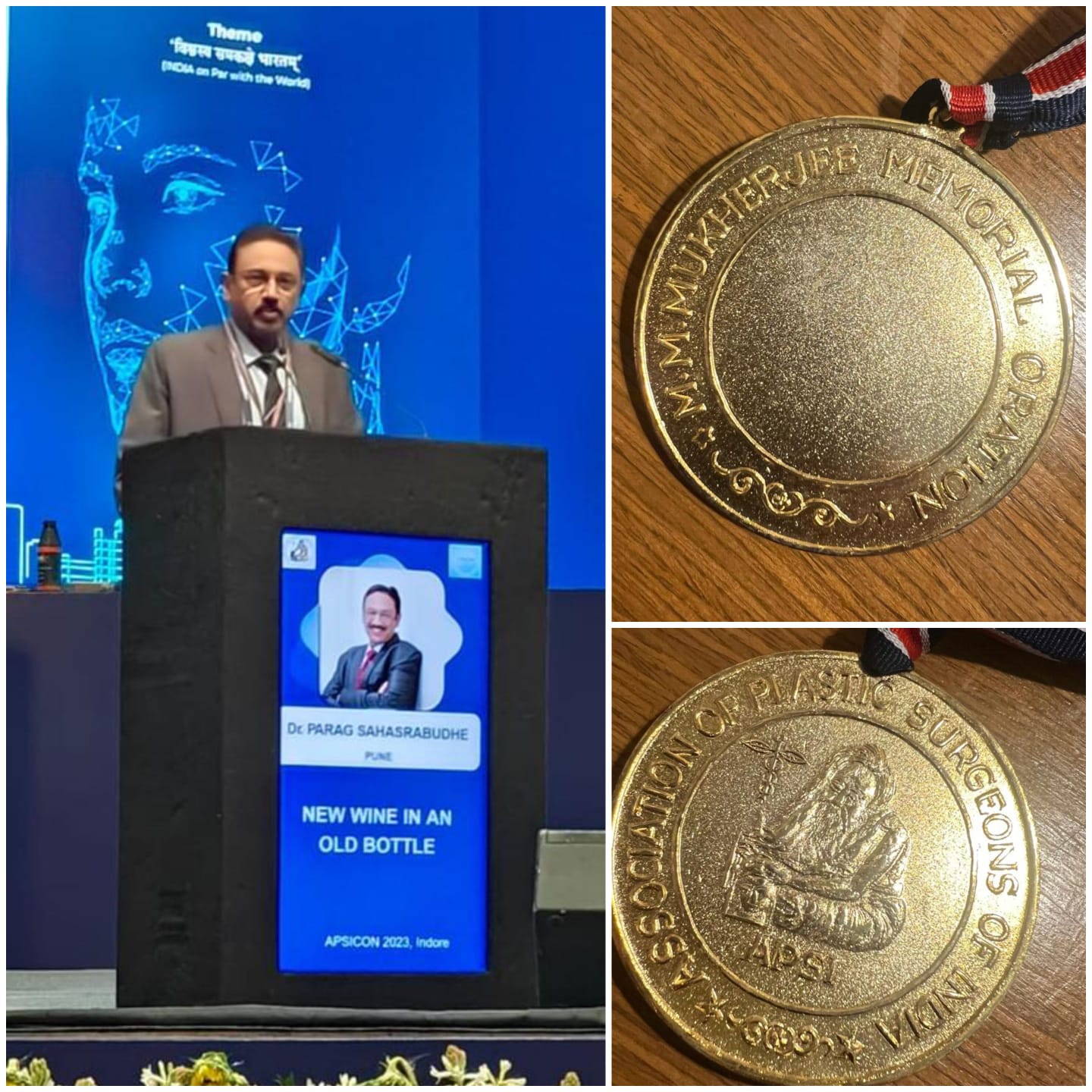Male Breast Reduction (Gynacomastia Surgery)


The normal male breast contains both adipose (fat) tissue and fibrous glandular tissue. True breast tissue in males is typically a small localized lump located immediately under the nipple that is more firm than the surrounding fatty tissue. Gynacomastia is defined as an enlargement of male breast(s) caused by an excessive amount of fat tissue and/ or glandular breast tissue. Most male breasts that appear unusually large are the result of excessive fat.
This A true excess glandular breast tissue in men is not common. There are a number of distinct causes of Gynacomastia including alcoholism, failure of the testicles to produce sufficient testosterone hormone, and many medications.
Treatment Options :
Liposuction is the most effective treatment for Gynacomastia. Among normal healthy men there is a wide range of the relative amount of fatty tissue and glandular tissue found in the breasts. Most healthy men have a small amount of glandular tissue and a larger proportion of fatty tissue in their breasts. Microcannulas as used in Liposuction procedures (please refer the description on liposuction page for details) are effective in removing both breast tissue and fatty tissue from the normal male breast. Exceptionally dense glandular breast tissue may require surgical removal using a scalpel followed by a closure using stitches.
Liposuction Surgical Technique :
Liposuction of the male breast is a well recognized procedure. The small size cannulas facilitate liposuction of male breast glandular tissue, and permit consistently outstanding results. Some surgeons advocate excision male breast tissue with a scalpel despite the relatively high incidence of scaring retraction and disfigurement.
Tumescent liposuction of the male breast can be accomplished totally by local anesthesia with or without sedation. After gently injecting local anesthesia into selected areas of the skin overlying the breasts, the breast tissue is penetrated by a microcannulas attached to suction machine. The negative vacuum suction removes excess fat and glandular tissue as well.
Postoperative Care :
After liposuction is completed, the adits allowed to remain open (they are not closed with sutures) in order to maximize drainage of blood-tinged tumescent anesthetic solution. This drainage is absorbed by Pads.
Result :
It is a good idea for patients to assume that they will only achieve an 80% improvement. Potential causes of patient dissatisfaction include insufficient amount of tissue removed by liposuction, excessive scars, uneven or asymmetric results, and skin irregularities. Using microcannulas tends to minimize the risk for these problems.
Quick Enquiry
Contact Us
5 Shree Dhanalaxmi Society,
Off Senapati Bapat Road,
Near Symbiosis College,
Shivajinagar, Pune 411016.





